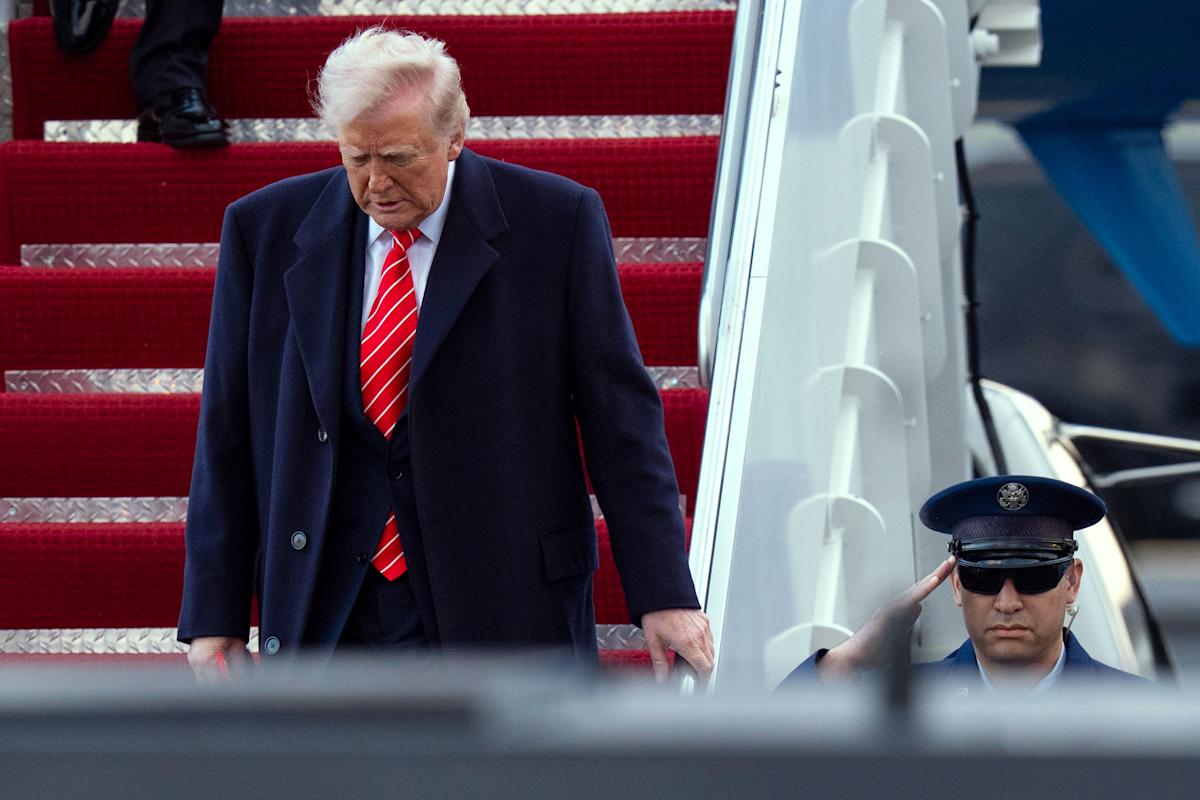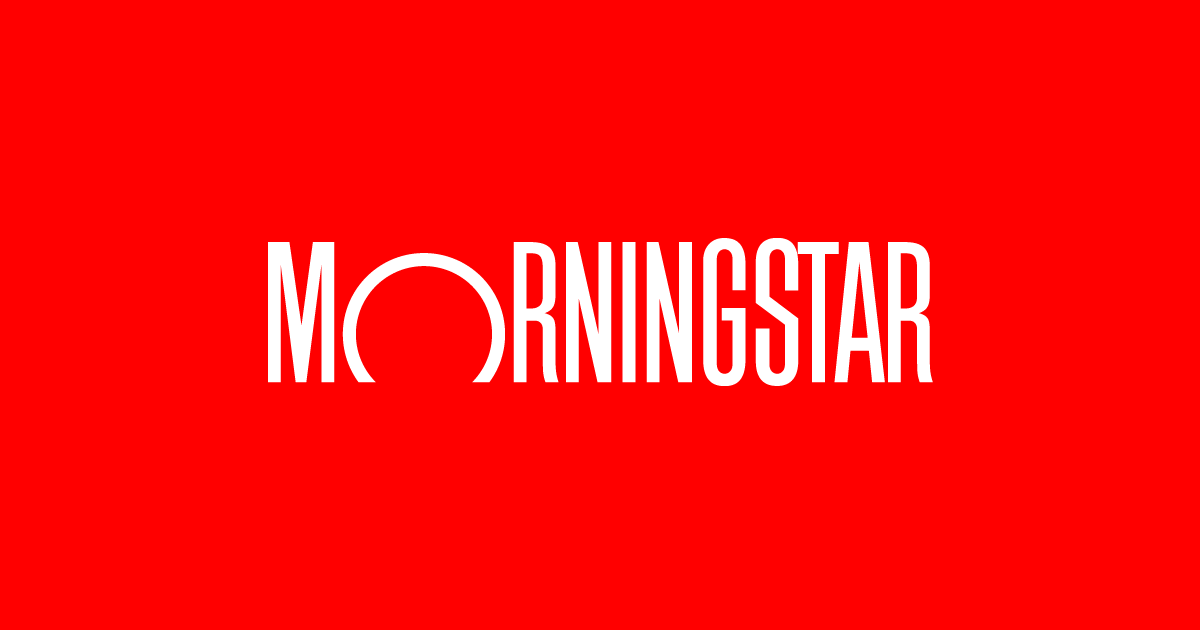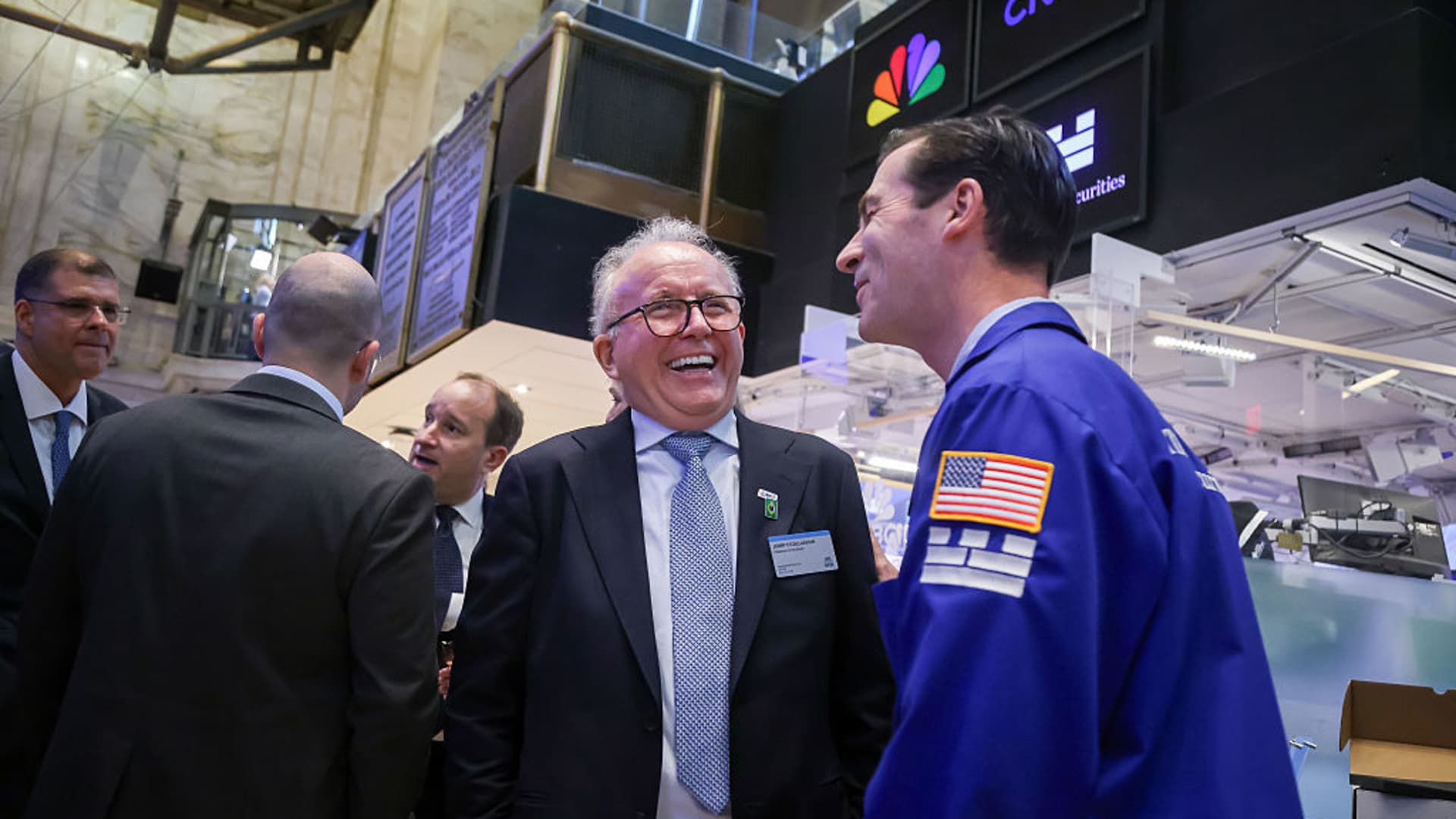Sterling (GBPUSD=X) edged higher against the dollar in early European trading on Monday, rising 0.3% to $1.2955, as investor concerns about the US economy weighed on the greenback.
The latest developments in the global economic and trade landscape, particularly US president Donald Trump’s tariff policies, continue to cloud market sentiment. Uncertainty surrounding the impact of these tariffs on the global economy has kept investors on edge, contributing to broader weakness in the dollar.
The greenback has been particularly vulnerable to growing fears of a potential US recession, with speculation mounting that the Federal Reserve could resume its interest rate-cutting cycle sooner than expected.
The dollar index (DX-Y.NYB), which track’s the world’s reserve currency against a basket of other currencies, dropped to 103.93.
In another sign of economic weakness, the White House reiterated on Monday that reciprocal tariffs between the US and its trading partners will take effect on 2 April. However, hopes are building that the scope of the tariffs will be narrower than originally feared.
Meanwhile, US retail sales for February came in below expectations, rising only 0.2% month-on-month, well short of the anticipated 0.7% increase. This disappointing data has intensified concerns about a slowdown in the US economy.
Sterling remained largely unchanged against the euro (GBPEUR=X), holding steady at 1.1941. Preliminary readings of the Purchasing Managers Index (PMI) from Germany and the Eurozone will be in the spotlight on Monday.


